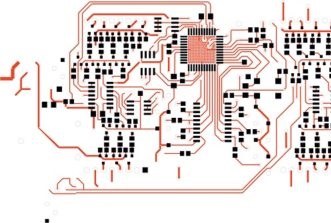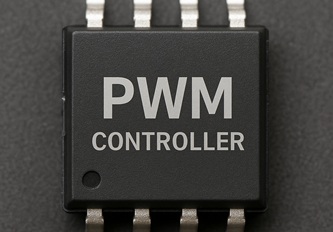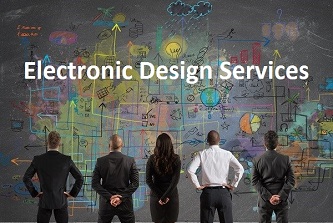Global electronic sensor market to exceed $41 billion by 2032
Excited to learn about the future of the global electronic sensor market? Recent data from Credence Research suggests that the sensor market is on track to reach a value of $41.2 billion by 2032. This projection indicates significant growth from its value of $23.7 billion in 2024, with expectations of steady expansion between 2025 and 2032. The driving forces behind this growth include the rapid pace of digitalization and the widespread integration of sensors across various industries.
For readers of eeNews Europe, this upward trend highlights key advancements in sectors such as automotive electronics, industrial automation, and smart consumer devices. These industries heavily rely on sensor innovation to enhance performance, efficiency, and safety. Europe, in particular, stands out as a hub for sensor development and deployment, with initiatives like Germany’s Industry 4.0 program and stringent EU regulations driving the adoption of advanced monitoring and control sensors.
Sensors at the Core of Digital Transformation
Electronic sensors have emerged as the nerve center of modern technology, translating various stimuli such as light, pressure, temperature, and motion into valuable data that powers a wide range of devices, from smartphones to medical wearables to industrial robots. The surge in IoT-enabled systems, electric vehicles, and smart manufacturing solutions has fueled a global demand for precise and reliable sensing technology.
The report underscores the market’s growth as a reflection of the increasing reliance on intelligent, interconnected systems. The next decade is expected to witness sustained expansion driven by the automotive and industrial sectors, where the need for advanced sensing capabilities to ensure safety, automation, and energy efficiency is paramount.
Smart, Flexible, and Sustainable Sensor Solutions
A notable trend highlighted in the study is the shift towards smart sensors equipped with integrated edge computing capabilities. These advanced devices feature onboard microcontrollers and AI algorithms that enable local data analysis, reducing latency and bandwidth requirements for real-time applications like autonomous vehicles and industrial robotics.
The report also emphasizes innovations in flexible and biodegradable sensors, leveraging advancements in materials science to create wearable and eco-friendly designs. These cutting-edge technologies open up new possibilities in medical wearables and sustainable electronics, addressing both functional requirements and environmental considerations.
Furthermore, sensor fusion, which involves combining data from multiple sensor types, is gaining significance across various applications such as autonomous driving, augmented reality, and robotics, where precision and redundancy are crucial.
Miniaturization and MEMS Driving Innovation
The continuous evolution of micro-electro-mechanical Systems (MEMS) is reshaping the sensor landscape. These miniature devices, known for their low power consumption and scalability, enable advanced sensing capabilities in compact platforms like smartphones, drones, and medical implants. With global connectivity deepening, MEMS-based sensors are poised to play a pivotal role in enabling smarter and more responsive technologies.
The ongoing convergence of AI, IoT, and sensor technologies ensures that the electronic sensor market will remain a hotbed of innovation within Europe’s industrial and technology sectors for the foreseeable future.














